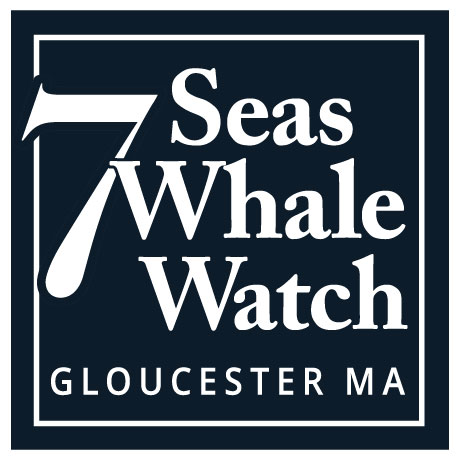[g-carousel gid=”11207″ height=”200″ per_time=”3″ multiscroll=”1″]
ABOUT CAPE ANN
Cape Ann is a region of Massachusetts’ North Shore (north of Boston) that consists of 4 towns: Essex, Manchester (or “Manchester-by-the-sea”), Gloucester, and Rockport.
Gloucester is the largest town on Cape Ann and the epicenter for the region’s fishing industry. Gloucester Harbor is on the southern shore of Cape Ann and the harbor itself faces in a southwesterly direction (see map below). The location and aspect of the harbor means that it is naturally sheltered from the strong onshore winds that are so often times associated with powerful ocean storms. Had the harbor faced towards the north or east Gloucester most likely would never have become the famous seaport that it is today. The strong winds and big seas that these winds produce would roll right into the harbor and it wouldn’t be a good place to keep your boat at all! But because Gloucester Harbor is on the south side of Cape Ann, and because it is angled back towards the southwest, it is sheltered from all but the rarest of ocean storms and the waters in the harbor or usually very calm making it a perfect natural anchorage.
Geologically speaking Cape Ann is an 11-mile peninsula of granite that was exposed by the movement of massive glaciers during the last Great Ice Age 2,100 years ago. Glaciers are moving rivers of ice, and as glaciers move over land they scrape away the topsoil and expose the bedrock below. In the case of Cape Ann this bedrock consists of beautiful, high-quality granite that has since been quarried and used in the construction beautiful buildings throughout North America and Europe. The Glaciers of the last Ice Age (known as the “Wisconsin Glacial Episode”) also carved the rugged coastline that characterizes all of northern and central New England (including Cape Ann) as well as the coast of eastern Canada. This is why the entire Cape Ann area is characterized by steep, rocky headlands that dive precipitously in the ocean. This rugged and picturesque coastline that attracts artists, photographers, and sight-seers each year.
As you can see in the map above, Cape Ann juts out into the North Atlantic Ocean, making it the perfect jumping-off point for mariners looking to access the region’s vast ocean resources (such as fish and whales!)
The waters just to the east of Cape Ann are a part of the North Atlantic Ocean. This particular corner of the North Atlantic is called the “Gulf of Maine.” This southern most portion of the Gulf of Maine is called “Massachusetts Bay.” The part of Massachusetts Bay that we go whale watching in is called “Stellwagen Bank Nation Marine Sanctuary.”
Now do you see why I wanted to add this page to our site? It’s all very confusing if you are not familiar with the area. I hope the information here helps to clarify where Cape Ann is, what Cape Ann is, why it looks the way it does, and why it has become the world famous fishing and whale watching port that it is today.



